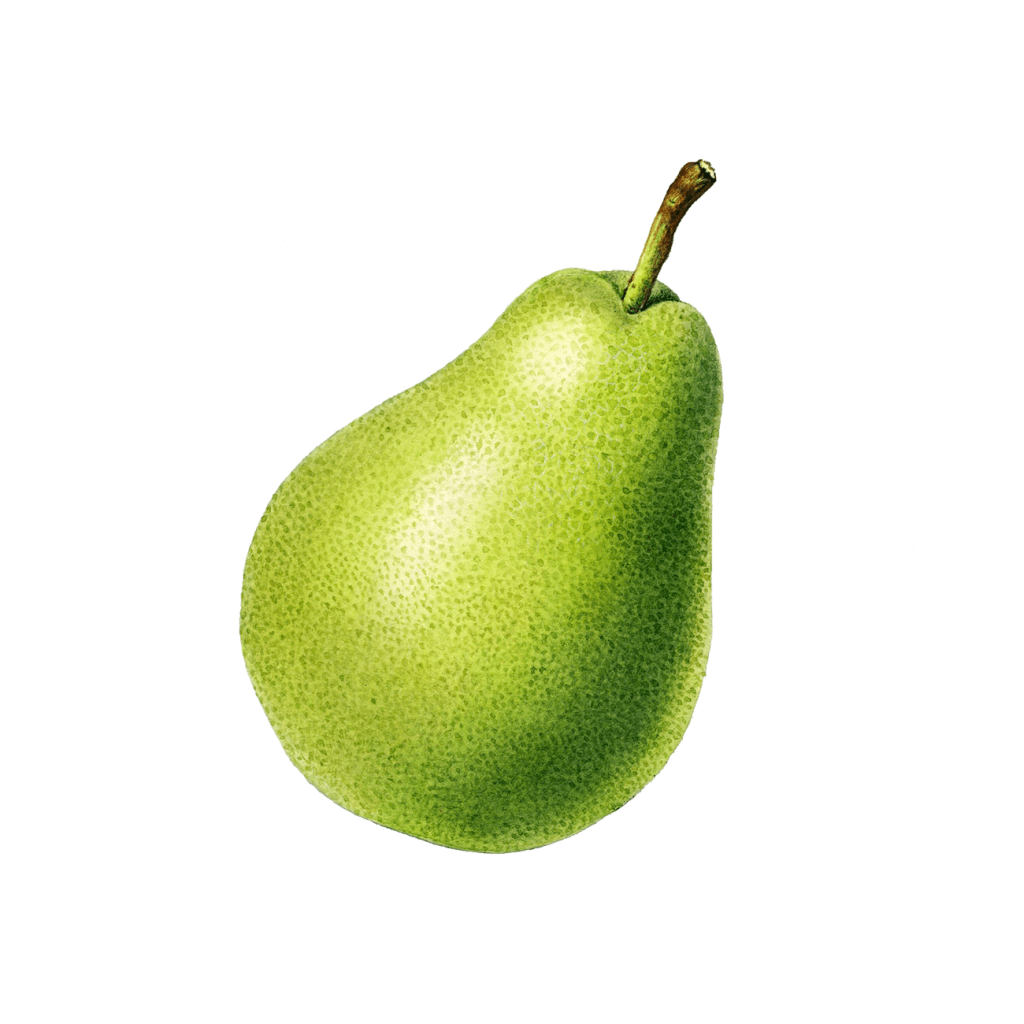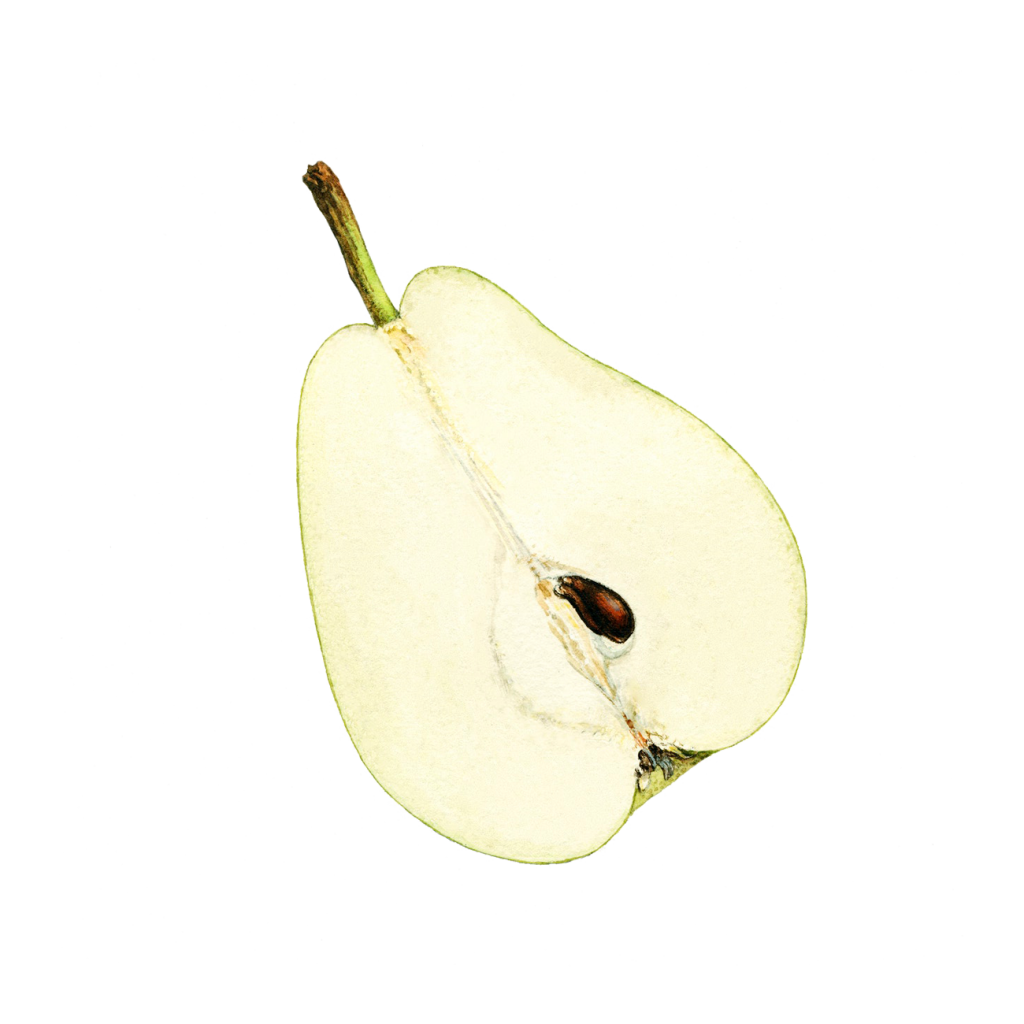“NASA Alert: Massive Asteroid Approaching Earth!”

Attention, space enthusiasts! Brace yourselves as NASA issues an alert regarding a formidable celestial visitor hurtling towards Earth. Dubbed Asteroid 2024 JB2, this massive space rock, measuring a staggering 250 feet in diameter, is slated for a close encounter with our planet on May 13.
Curious about the specifics? Well, buckle up for a cosmic ride as we delve into the time, speed, and distance of this impending encounter.
NASA’s Center for Near-Earth Object Studies (CNEOS) has been closely monitoring this astronomical event, revealing that Asteroid 2024 JB2 will zip past Earth at an astonishing speed of 63,683 kilometers per hour. While such occurrences are not uncommon in the realm of space, the sheer size and velocity of this asteroid warrant attention.
Now, before you hit the panic button, here’s the silver lining: despite its imposing dimensions and rapid pace, there’s no need to sound the alarm bells just yet. Rest assured, this asteroid will maintain a safe distance of approximately 2.75 million miles from our beloved planet.
But why all the buzz about an asteroid that won’t even come close? Well, it turns out that certain celestial objects fall into a category known as potentially hazardous asteroids. These space rocks, with diameters exceeding 460 feet and orbits bringing them within 4.6 million miles of Earth’s orbit, warrant extra scrutiny.
Now, let’s address the million-dollar question: do asteroids collide with Earth? While Asteroid 2024 JB2 poses no immediate threat, it’s worth contemplating the potential consequences of a similar-sized asteroid impact. According to estimates from asteroid simulators, if a 250-foot asteroid were to approach Earth at a 45-degree angle, it could unleash an explosion equivalent to 16 megatons of TNT! The resulting shock wave could wreak havoc, causing structural damage and uprooting trees within a considerable radius.
To keep a vigilant eye on such cosmic hazards, NASA employs a network of ground-based observatories and radar projects. These facilities, supplemented by data from amateur astronomers, provide invaluable insights into the size, velocity, and trajectory of near-Earth objects.
While Asteroid 2024 JB2 poses no imminent danger, its passage underscores the importance of ongoing surveillance of the cosmos. So, keep your eyes on the stars, fellow Earthlings, and let’s continue exploring the wonders of the universe together.
Even the bitterest fruit has sugar in it.
– Terry a O’Neal


The trees that are slow to grow bear the best fruit.
– Molière
